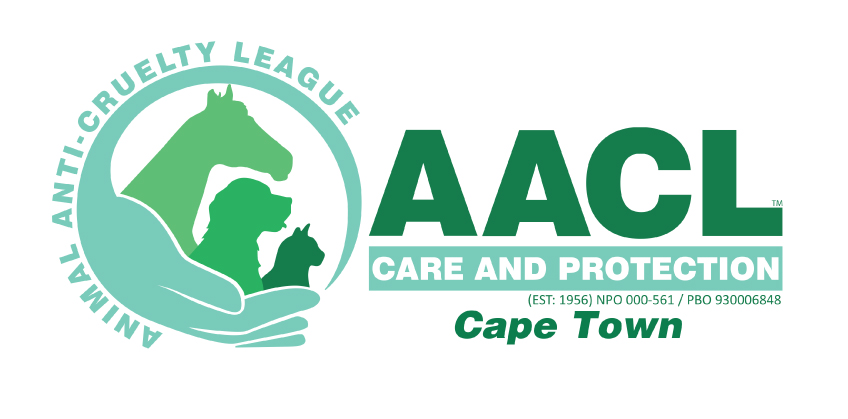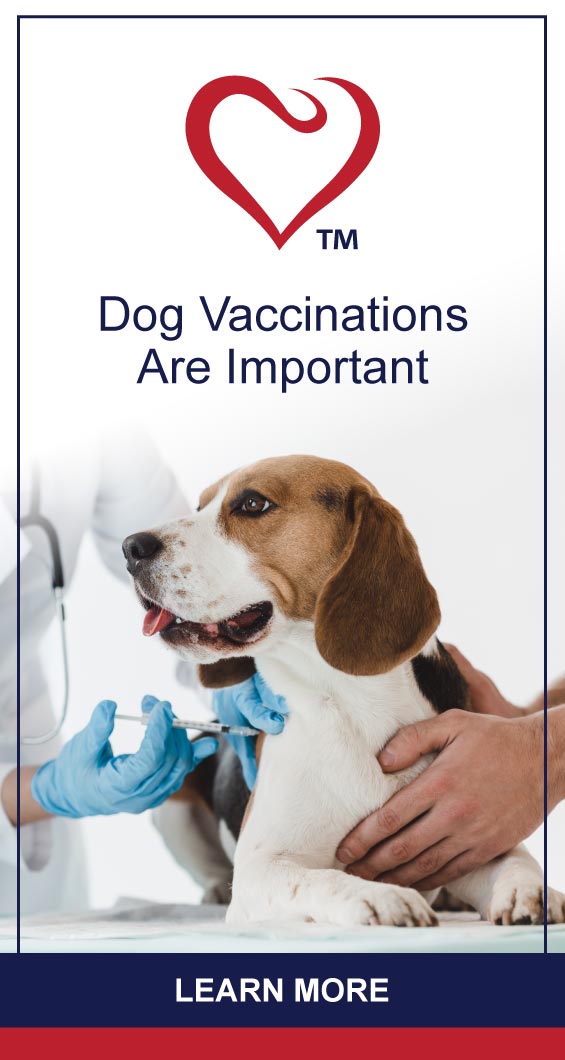HEALTH & WELLNESS

TRENDING

We’re excited and honoured to feature South Africa’s second largest independent animal welfare organisation on PetlifeSA.
Rabies In Pets

Whenever you hear the word ‘rabies’ you should pay attention. Mammals – for our purposes humans, dogs and cats – can all get rabies.
WHAT IS RABIES
Rabies is a deadly virus and survival is highly unlikely.
Once contracted it may affect the spinal cord and cause inflammation in the brain.
However, growth starts in the muscle tissue before attacking the nervous system and spreading.
HOW IS RABIES TRANSMITTED?
Once the virus has reached the nervous system (spinal cord and brain) it heads for the saliva glands. Large amounts of the virus-containing saliva is produced and discharged into the mouth. This is why the disease is mostly transmitted through a bite.
When an infected animal’s saliva gets into an open wound, or makes contact with mucous membranes, transmission is almost inevitable. Even a scratch can cause infection.
WHICH ANIMALS ARE KNOWN TO TRANSMIT RABIES?
Wild animals pose the greatest threat to your pets in terms of exposure to rabies. In South Africa the bat-eared fox, black-backed jackal and yellow mongoose are common suspects.
COMMON SYMPTOMS OF RABIES IN INFECTED PETS
There are two forms of rabies: paralytic and furious. Mild signs will be noticeable in the first three days after infection. From here it progresses to either the furious stage, the paralytic stage, or a combination of the two. Some may even die before showing symptoms.
The virus can lead to radical physical and behavioural changes in DOGS and there are multiple phases in terms of symptoms.
Infected dogs may seem:
- Restless
- Feverish
- Anxious/Fearful
- Irritable (often the friendly dogs)
- Submissive (often in excitable dogs)
- Aggressive: snapping at/biting other animals, humans and even objects
- Obsessed with area where transmission occurred: licking, biting and chewing
- Hypersensitive to any stimuli including light, sound and touch
As the virus progresses, you will likely also notice:
- Weakness
- Fear of water
- Dilated pupils
- A tendency to hide in dark places
- Heavy breathing and jaw hanging open
- Sounds and motions associated with choking
- Loss of appetite and pica (eating of unusual things)
- Difficulty in swallowing and loss of control over the throat
- Staggering and/or paralysis of hind legs
- Disorientation or lack of coordination
- Trembling and seizures
- Foaming at the mouth
- Sudden death
The virus can lead to radical physical and behavioural changes in CATS and there are multiple phases in terms of symptoms.
Look out for any, or a combination, of the following:
- Fever
- Seizures
- Paralysis
- Weakness
- Aggression
- Dropped jaw
- Fear of water
- Extreme excitability
- Lack of coordination
- Hiding in dark places
- Pica (eating of unusual things)
- Unusual shyness or aggression
- Difficulty or inability to swallow
- Paralysis in the mandible and larynx
- Excessive, dripping saliva or frothy saliva
- Constant irritability/changes in attitude and behaviour
INCUBATION PERIOD
Once the virus has been contracted, it can take anything from one day, two to eight weeks, between one and three months, or even up to a year before symptoms appear. After that the virus doesn’t hold back.
WHICH DOGS ARE MOST AT RISK?
- Unvaccinated dogs
- Dogs that are allowed to roam on their own
- Dogs that come into contact with wild animals or pets that haven’t been vaccinated
DIAGNOSIS
There are no accurate tests except a direct fluorescent antibody test (using brain tissue) which can only be performed after death.
If you cannot safely transport your pet to the veterinary, get in touch with animal control services for assistance to avoid getting infected.
PREVENTION
- No 1: VACCINATIONS
- Supervision when outdoors
- Avoid contact with/exposure to wild animals
If you suspect that your pet has been exposed to the virus (especially if you notice any of the mentioned symptoms) take your pet to the veterinarian immediately.
Wear gloves and stay away from your pet’s mouth.
HUMAN CONTACT WITH AN INFECTED ANIMAL
If you suspect infection, seek medical care immediately as the disease is deadly and survival is rare.
TREATMENT
There is no cure for rabies. If an animal does not succumb to the disease quickly, euthanisation is considered the best course of action.
Finally, DON’T try to handle or capture a possibly infected animal (report it) and ALWAYS make sure your pets are up to date with their vaccinations.
Related Articles
What Are Pet Vaccines And Why Are They Important Read Now
World Rabies Day -Awareness & Prevention Efforts Read Now
Rabies: Diagnosis, Prevention & The Value Of Vaccination Read Now
Be a Good Puppy Owner, Don’t Miss Vaccinations Read Now
Rabies: How It Spreads, The Signs & Why Vaccination Is Vital Read Now










